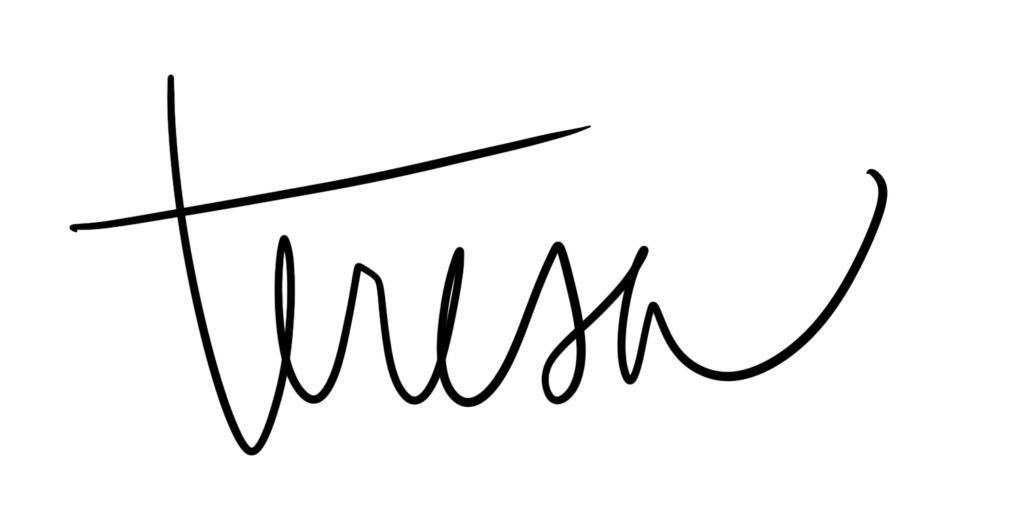It all comes down to personal preference, really, but some widths are better for different techniques. In our MAKE class, i shared four different widths and what techniques work best with each:
2″ wide binding: Because this is narrow it is best for hand-sewing binding to the backing of the quilt. Folded in half it is only 1″ wide, so accounting for the folds it will create a binding that, when sewn to the front, is just about a quarter-inch wide when pulled to the wrong side.
2-1/8″ wide binding: This is my personal favorite and I use it by folding in half to create a 1-1/16th inch wide binding, then sewing it to the backing of the quilt. Pull it around to the front and machine stitch it in position with a Binding (or Compensating) foot and a stiletto. It makes for a fast, neat and fairly easy way to bind quilts of all sizes. It’s best for topstitching binding to front of the quilt.
2-1/4″ wide binding: Most quilt tutorials and patterns (including my Crinkle Dreams patterns) will call for a 2-1/4″ wide binding because it’s flexible in how you sew it in place. You can sew it to the front and bring it around to the back, then stitch-in-the-ditch (though I recommend glue basting for that one!) or sew it to the back and bring it around to the front and topstitch. If you want, you can even hand-sew it to the backing. It will create a slightly wider finished binding, but it is the most universally used width. .
2-1/2″ wide binding: Few patterns call for binding this wide, but some people choose to make a wider binding to make it easier to catch it from the back when stitching from the front. I recommend using a stitch-in-the-ditch foot and clipping lots or use glue basting. It often results in a wobbly look on the back as it is hard to keep it consistent when it isn’t seen while stitching.
All of these are valid ways to bind your quilt and I’d suggest trying them out on something like the little 4-inch squares I used. This will give you an opportunity to see how it works at each size and to practice your mitered corner.
- For a 4-inch square, cut a 16-1/2″ strip (with ends cut at 45 degrees), fold it in half lengthwise, then open and sew the ends together. The will create a binding loop that will fit around your coaster easily and you wont’ have to join the ends on such a small piece.
Give it a try and let me know what works best for you! I’m always curious.
Happy sewing,

Leave a Reply